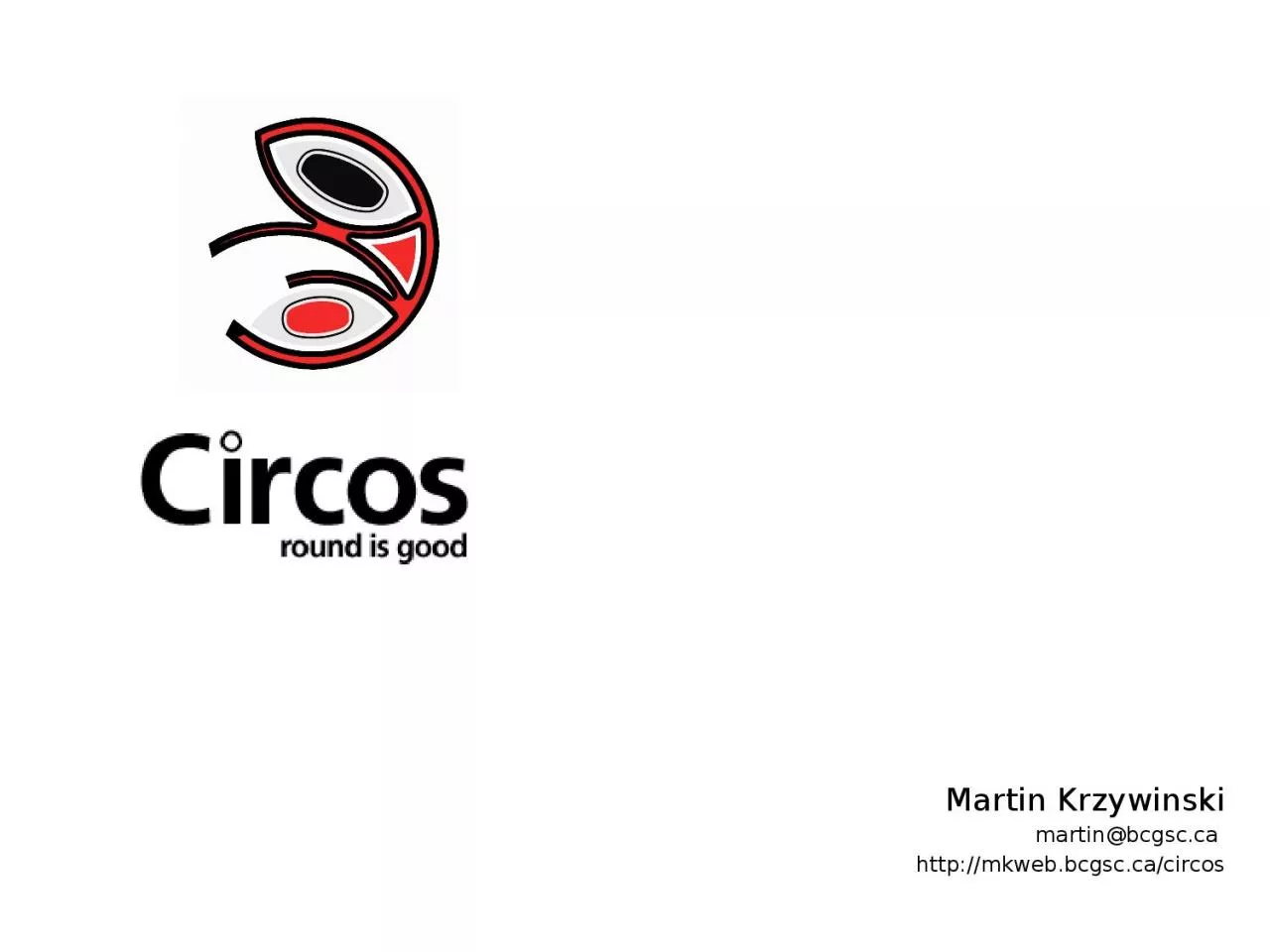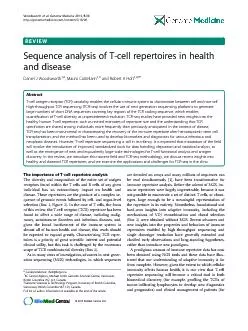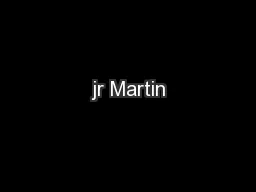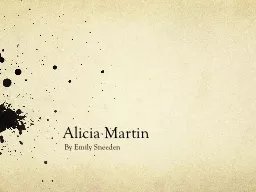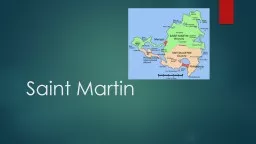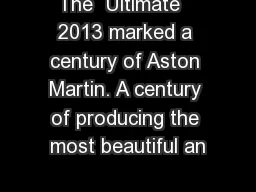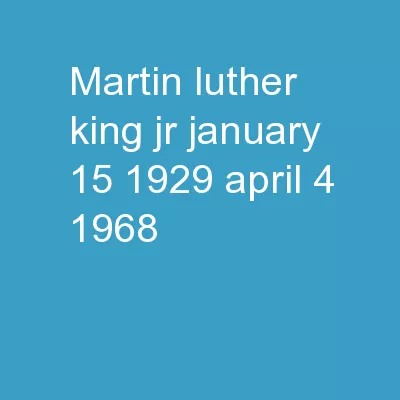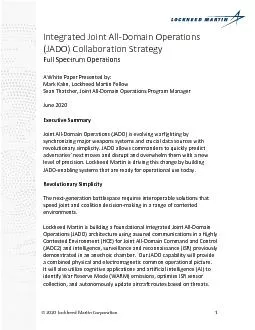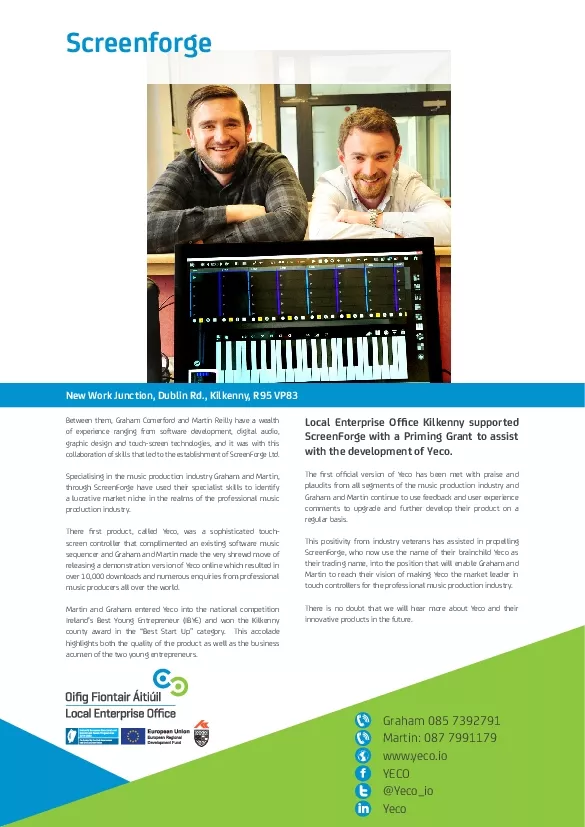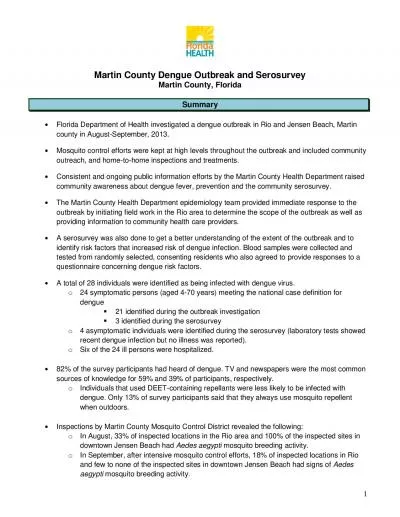PPT-mkweb.bcgsc.ca/circos Martin
Author : SultrySiren | Published Date : 2022-07-28
Krzywinski martinbcgscca httpmkwebbcgsccacircos What is Circos Circos makes drawing certain kinds of data easier and produces meaningful images that make data
Presentation Embed Code
Download Presentation
Download Presentation The PPT/PDF document "mkweb.bcgsc.ca/circos Martin" is the property of its rightful owner. Permission is granted to download and print the materials on this website for personal, non-commercial use only, and to display it on your personal computer provided you do not modify the materials and that you retain all copyright notices contained in the materials. By downloading content from our website, you accept the terms of this agreement.
mkweb.bcgsc.ca/circos Martin: Transcript
Download Rules Of Document
"mkweb.bcgsc.ca/circos Martin"The content belongs to its owner. You may download and print it for personal use, without modification, and keep all copyright notices. By downloading, you agree to these terms.
Related Documents

